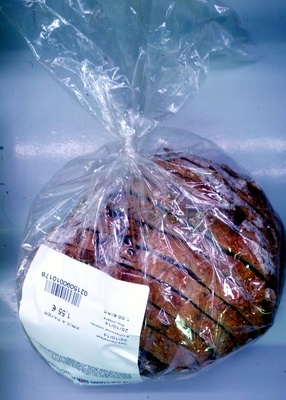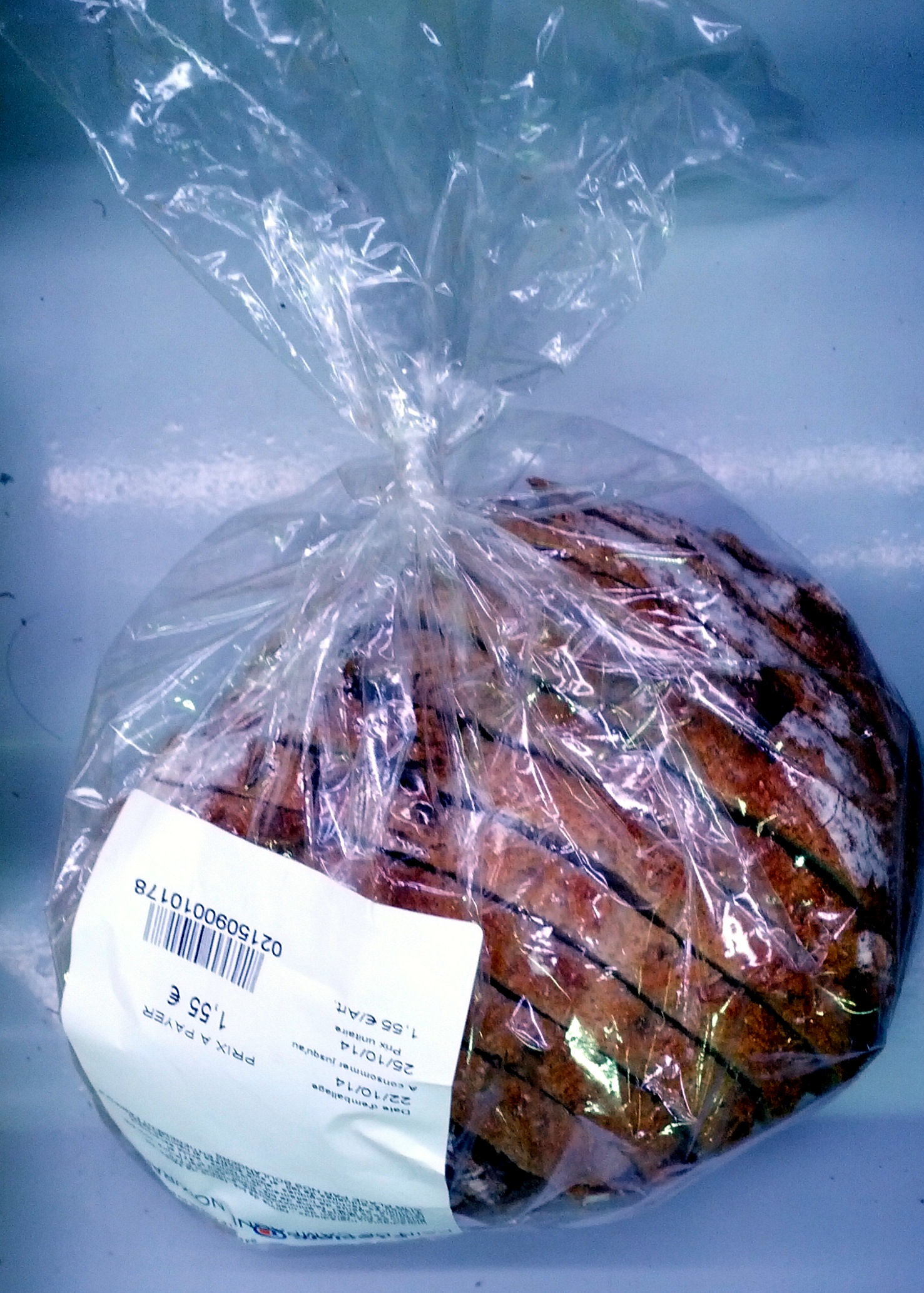Pain de Campagne Noix Raisin - Leclerc - 1 pain (poids non précisé)
This product page is not complete. You can help to complete it by editing it and adding more data from the photos we have, or by taking more photos using the app for Android or iPhone/iPad. Thank you!
×
Barcode: 0215090010178 (EAN / EAN-13) 215090010178 (UPC / UPC-A)
Common name: Pain de Campagne Noix Raisin
Quantity: 1 pain (poids non précisé)
Brands: Leclerc
Categories: Plant-based foods and beverages, Plant-based foods, Cereals and potatoes, Breads, Breads with nuts, Pains de campagne
Manufacturing or processing places: France, Le Kremlin Bicêtre
Stores: Leclerc
Countries where sold: France
Matching with your preferences
Environment
Packaging
Transportation
Report a problem
Data sources
Product added on by tacinte
Last edit of product page on by packbot.
Product page also edited by beniben, elttor, yuka.WnZFL0tZWmFoc1Ftd3NBWXBqZkV4L0VyenJXbVVFMjdGOEFRSWc9PQ.






